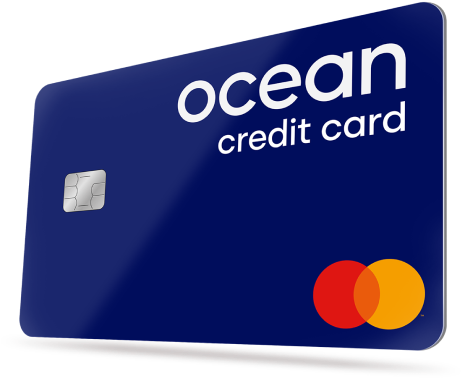What does APR stand for?
APR stands for Annual Percentage Rate. If you spend money on a credit card, the APR tells you how much extra you’ll pay back over a year. For example, if you borrow £100 with a 10% APR, you’ll owe £110 after a year (£100 you borrowed + £10 extra in interest).
How does APR work on a credit card?
APR shows the total yearly cost of using a credit card, including both the interest rate and any extra fees. The lower the APR is, the less you’ll have to pay in credit card interest and charges. However, the exact amount of interest you end up paying over the course of a year depends on:
-
Your credit card balance
-
How much you pay off each month
-
How you use your credit card. For example, you’ll pay more in interest if you use your card to make cash withdrawals.
Deciding on the right card for you will depend on your individual circumstances. For instance, you won’t pay any interest on card purchases if you always clear your balance in full and on time. However, leaving your balance unpaid will incur interest.
What is variable APR?
Variable APR means the interest rate you are charged on your card could change at any time. This type of APR is based off the base rate from the Bank of England and applies to most credit cards in the UK. When the base rate changes, the variable APR can change too, causing the amount of interest you pay to go up or down. The Bank of England's base rate can change as often as necessary, but typically, the rate is reviewed roughly every six weeks.
What is representative APR?
Representative APR is the rate that at least 51% of applicants will receive if they are approved for the credit product. It’s a standardised rate meant to provide you with a clear way to compare the costs of borrowing.
What is a guaranteed APR?
A guaranteed APR is the interest rate that a lender promises to offer you if you meet specific criteria. It means if you qualify, you will definitely get the specified APR.
Other forms of APR you may see
You may see APR written out in other ways. These include:
Fixed APR
A fixed APR means that the interest rate on your credit card will always stay the same. This can make it easier to stay on top of repayments, as they will never change. However, this type of card is less common, with most lenders offering a variable rate APR.
Typical APR
This refers to the average APR that most cardholders are likely to get. It’s based on the rates offered to borrowers with average credit profiles. It’s used to give you an idea of the interest rate you might receive.
Purchase APR
Purchase APR is the interest rate charged on the outstanding balance for purchases made with a credit card.
Balance transfer APR
Balance transfer APR is the interest rate applied to balances that you transfer from one credit card to another.
Cash withdrawal APR
Cash withdrawal APR is the interest rate charged on cash withdrawals made using your credit card. This rate typically applies when you take out cash from a cash machine, write a credit card cheque, or transfer funds from your credit card to your bank account.
What isn’t included in APR?
APR does not account for certain costs that might still affect the total amount you pay. These can include:
-
Late payment fees
-
Fees for exceeding your credit limit
-
Extra charges for withdrawing cash from your credit card
-
Charges for purchases made in a foreign currency or another country
These costs can add up, so it's important to consider them alongside the APR when evaluating a credit card.
What affects APR?
Several factors can affect the APR on a credit card, including:
-
Credit score. A higher credit score usually results in a lower APR, while a lower credit score can lead to a higher APR.
-
Type of credit card. Different types of credit cards have varying APR ranges. A balance transfer card usually comes with a 0% APR period, while a cashback/reward card might have a higher APR due to annual fees. Credit cards for bad credit usually come with higher APR.
-
Lender policies. Different lenders have their own policies and risk assessments, which can affect the APR they offer.
-
Promotional rates. Some credit cards offer introductory APRs that are lower than the regular APR. This usually kicks in after the promotional period ends.
How can I get a good APR?
There are many things you can do to improve your chances of being accepted for a lower APR, including:
-
Maintaining a good credit score. Pay bills on time, keep credit card balances low, and avoid opening too many new accounts in a short period of time.
-
Shopping around and comparing offers from multiple lenders. Different providers may offer varying rates, so looking at several options can help you find the best deal.
-
Taking advantage of introductory offers. Many credit cards offer low or 0% introductory APRs on purchases or balance transfers for a limited time. Make sure you understand the terms and what the APR will be after the introductory period ends.
-
Improving your debt-to-income ratio. Lenders look at your debt-to-income ratio to assess your ability to manage monthly payments. Reducing your overall debt can help you secure a lower APR.
Ocean Credit Card
See if it's a YES before you apply
- Up to £8,000 credit limit
- Checking won't affect your credit score
- Get a response in 60 seconds
39.9% APR
Representative (variable)
Intelligent Lending Ltd (credit broker). Capital One is the exclusive lender.

Disclaimer: We make every effort to ensure content is correct when published. Information on this website doesn't constitute financial advice, and we aren't responsible for the content of any external sites.






